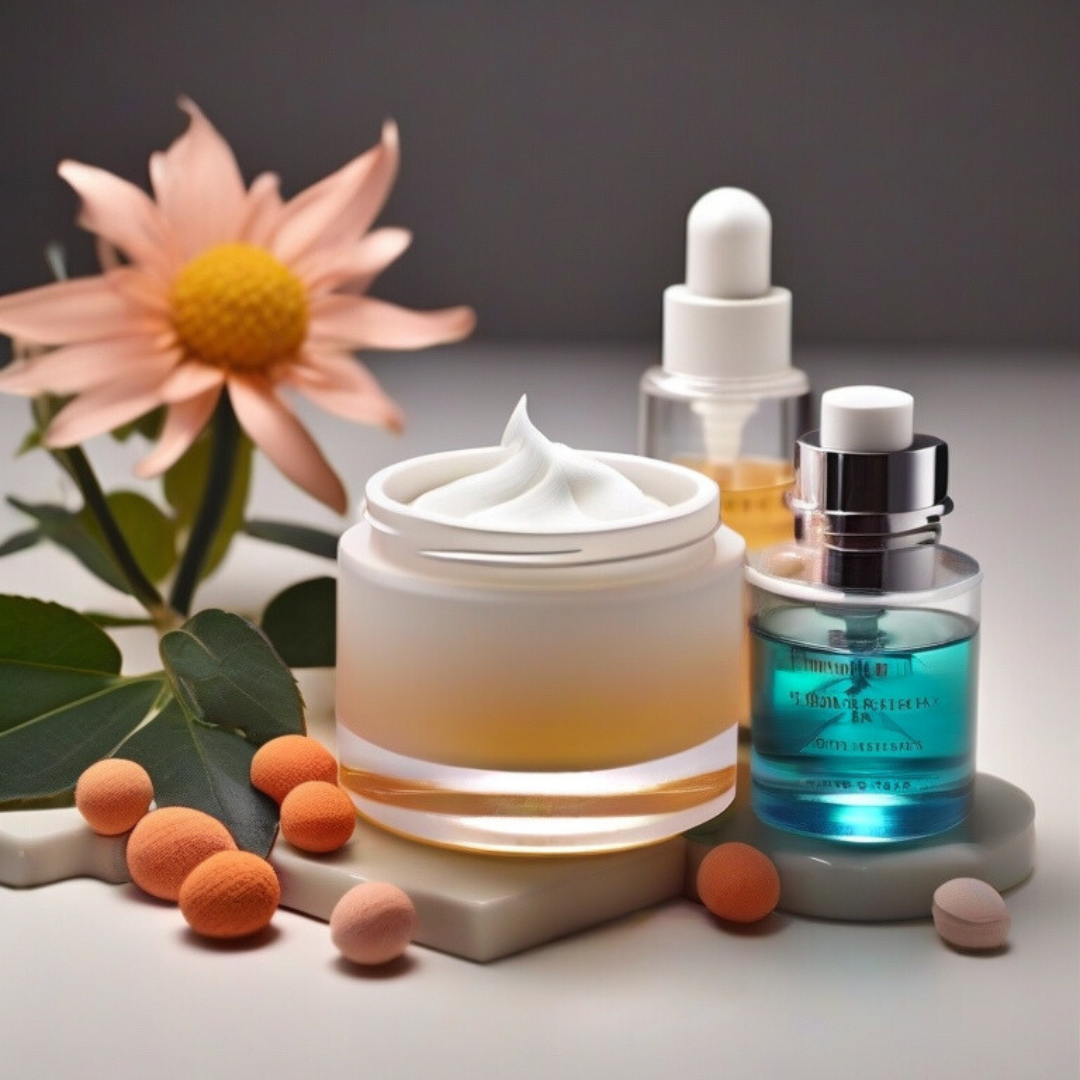In the world of skincare, there's a seemingly endless array of products promising miracles for your complexion. From serums to creams, the options are vast. However, amidst the plethora of choices, there's one crucial factor that often goes unnoticed by many enthusiasts: pH balance. The pH level of a skincare product plays a pivotal role in its effectiveness, safety, and overall performance. In this blog, we'll delve into why formulating skincare products with the correct pH is of utmost importance.
First and foremost, let's understand what pH actually is. pH is a measure of the acidity or alkalinity of a solution, with a scale ranging from 0 to 14. A pH of 7 is considered neutral, while anything below 7 is acidic, and anything above 7 is alkaline. The skin has a natural pH level typically ranging from 4.5 to 5.5, making it slightly acidic. This acidic environment helps to maintain the skin's barrier function, ward off harmful bacteria, and keep moisture locked in.
When formulating skincare products, it's essential to consider the pH of the final product. Why? Because the pH level influences various critical characteristics of the formulation. One of the primary considerations is the efficacy of preservatives. Preservatives are crucial for preventing microbial growth and extending the shelf life of skincare products. However, their effectiveness is highly dependent on the pH of the formulation. Most preservatives work optimally within a specific pH range. If the pH is too high or too low, the preservative may become ineffective, leaving the product vulnerable to contamination.
Moreover, pH impacts the stability of other active ingredients present in the formulation. Many skincare ingredients, such as vitamin C, retinol, and AHAs (alpha hydroxy acids), are pH-sensitive. Their efficacy can be compromised if they're not formulated within the appropriate pH range. For example, vitamin C formulations typically require a low pH to remain stable and active. Deviating from the optimal pH range can lead to oxidation, rendering the ingredient ineffective.
Beyond efficacy, pH also influences the sensory aspects of skincare products. The texture, color, and scent of a product can be affected by its pH level. Formulators must consider pH when creating a pleasant sensory experience for users. A product with an improper pH may feel uncomfortable on the skin, appear discolored, or emit an unpleasant odor.
Now, you might be wondering how to ensure that your skincare products have the correct pH. The answer lies in proper formulation and testing. Whether you're a DIY enthusiast or a professional formulator, measuring the pH of your skincare creations is non-negotiable. Invest in a reliable pH meter or pH strips to accurately assess the acidity or alkalinity of your products. By doing so, you can fine-tune your formulations to achieve the desired pH level for optimal efficacy and safety.
In conclusion, the importance of formulating skincare products with the correct pH cannot be overstated. From preserving the integrity of active ingredients to ensuring product safety and sensory appeal, pH plays a multifaceted role in skincare formulation. Whether you're developing commercial products or experimenting with homemade concoctions, always prioritize pH balance for skin-loving formulations that deliver real results. After all, when it comes to skincare, getting the pH right is the first step towards achieving radiant, healthy-looking skin.
For expertly formulated skincare products that prioritize pH balance, consider trying Qualerex Beauty. Your skin will thank you for it.

